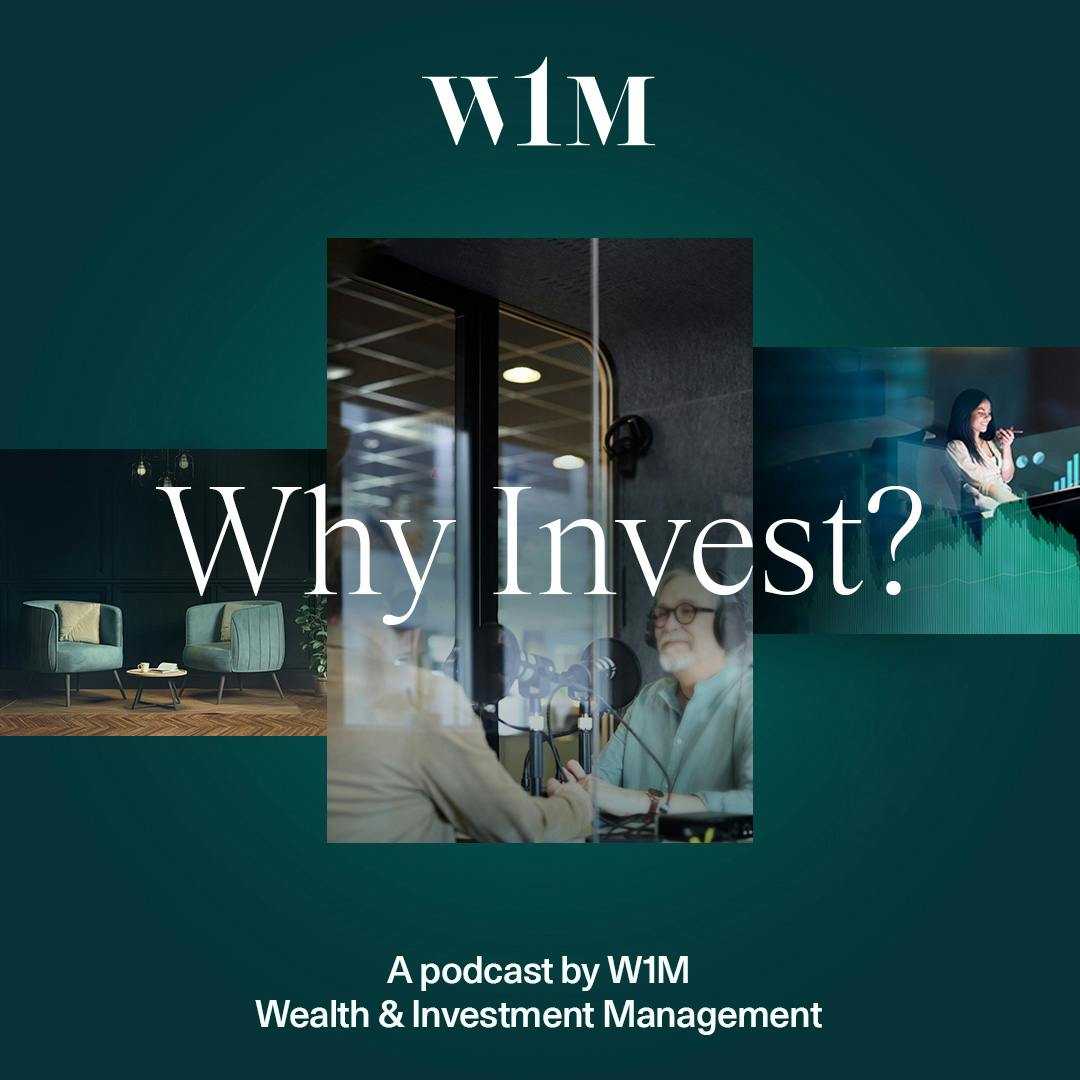The case for Japanese Equities

The Bull Case for Japanese Equities
Although W1M and the Waverton Managed Portfolio Service do not adopt a top-down approach to capital allocation in our global equity funds, and avoids applying a geographic overlay, it is notable that Japan currently represents our most significant overweight position relative to the MSCI All-Country World Index. In the Waverton Strategic Equity Fund, which forms the equity component of our Managed Portfolio Service, the allocation to individual Japanese equities stands at 10.9%, compared to 5.0% in the MSCI All-Country World Index (as at 30 May 2025).
A new chapter for Japan
The Japanese stock market has benefitted from a number of supportive tailwinds in recent years. The market first hit new all-time highs in March 2024 when it finally closed above its 29 December 1989 previous high (as measured by the Nikkei 225 Index) – marking a symbolic milestone after decades of stagnation.
Central bank influence...
Unlike other developed-market central banks, the Bank of Japan only ended its negative interest rate policy in March 2024. Since then, the policy rate has been raised again, reaching +0.5% as of January 2025. While rates remain deeply negative in real terms, the shift signals an end to Japan’s long-standing deflationary environment.
Governance reform
Another key catalyst behind the transformation in Japanese equities has been a sweeping series of reforms aimed at improving corporate governance and capital efficiency. These changes, set in motion during the Abe administration, have gradually taken root leading to sustained improvements in shareholder returns and transparency.
The timeline of change
- 2014 - The Ito Review - which publicly highlighted Japan's woeful ROE, and particularly identified investor engagement as key to improving the productivity of capital.
- 2014 - The Stewardship Code - the 2020 revision of which now demands of its signatories an obligation to vote on every share and to make their voting record public
- 2015 - The Governance Code - the 2021 revision to which now demands one third of prime market boards are independent, that companies properly assess and explain their cost of capital calculations, and their rationale for retaining cross shareholdings
- 2017 - The Tax-free Spin Off law - utilized by just two companies thus far, has from April 2023 been relaxed to allow for a ‘spinner’ to retain one fifth of the ‘spun’
- 2018 - The Change in the Tax Treatment of Acquisitions in Shares - an essential and necessary precursor for the corporate consolidation that METI is so keen to encourage
- 2019 - The Fair M&A Guidelines - something of a misnomer - but the 2023 revisions to which portend a meaningful increase in M&A and corporate consolidation
- 2022 & 23 - The TSE’s attempt to incentivize listed Japan with its Prime, Standard and Growth Sections. The TSE’s attempt to coerce listed Japan into properly assessing their cost of capital and meaningfully addressing sub book valuations
- 2012-2023 - The Shareholder Proxies - their ever more influential role now enshrined in the stewardship code.
These developments are now visibly translating into capital allocation behaviour, with companies prioritising shareholder returns, even amid global uncertainties.
Share buybacks
Share buybacks announced by listed Japanese companies are steadily expanding for the last few years and gathering significant momentum this year. Companies are significantly emphasising returns to shareholders despite economic and geopolitical risks. Political initiatives were joined by the FCA and the Tokyo Stock Exchange/ Japan Exchange Group driving the focus on return-on-invested-capital (ROIC) and weighted-average-cost-of-capital (WACC) and more efficient capital allocation.
Share buybacks announced January and May 2025 stood at Y12.1 trillion or approximately $84 billion. This represents a 20% increase year-on-year and a record for the five-month period - and excludes the Toyota Motor buy-back of Y3.2tr or 9.1% of outstanding.
Figure 1. Japan share buybacks. Source: TSE/ Mizuho Secs. Waverton. As at 31.05.25 and including the Toyota Motor buy-back in relation to the Toyota Ind. privatization.

The volume is equivalent to almost 70% of 2024 buybacks. Out of approximately 4,000 listed companies, 785 authorized share buybacks, also 20% year-on-year. This includes 90 companies, plus 10% YoY, that have refrained from giving earnings guidance for FY25 or are facing earnings declines, testimony to the strength of balance sheets and excessive cash holdings. By the end of fiscal year 2024, TSE Prime companies showed a Y112 trillion in cash and cash equivalents
While corporate earnings forecast are conservative as usual, pending US tariffs, a weak Chinese economy and geopolitical worries, led to aggregate net profits of Tokyo Stock Exchange's Prime market listed companies to possibly decline by c.5%, the first decrease since the Covid pandemic. Yet - the pace of share buybacks is accelerating.
Trading and investment house Mitsubishi Corp. announced a Y1 trillion buy back, Shin-Etsu Chemical and factory automation robot maker Fanuc announced buybacks of up to Y500 billion each with Japanese banks also buying back several hundreds of billions of Yen. Not included in aforementioned numbers are Toyota Motor buy backs which have been indicated as part of the privatization of Toyota Industries, accounting for as much as Y3.2 trillion, an amount that would bring the total to above Y15 trillion or almost 85% of 2024 buy backs at the half year point. At a meeting in Tokyo Shin-Etsu a few weeks ago, Shin-Etsu Chemical president Saitoh Yasuhiko stated that the company will not increase funds on hand any further and confirmed that funds in excess of investment for future growth will be returned to shareholders.
Activist investors have also intensified pressure to unlock apparent as well as hidden value at corporate Japan. A record 50 companies have fielded shareholder proposals from activists this year, according to custodian and sub-custodians like Sumitomo and Mitsubishi UFJ Trust and Banking. Additionally and even more importantly, private equity giants like KKR see Japan as the most attractive private equity market globally, a view that has yet to be adopted by public equity investors. as well.
However, some market participants state that share buy backs have become excessive and come at the expense of research and development investments, investments that are deemed essential to respond to Chinese challengers in particular in the technology space.
It is our firm believe that efficient capital allocation needs to take into account a company’s business model, the capital intensity of the business and balance sheet structure. Management needs to find the right balance between growth investment and balance sheet efficiency. As such there is ample room for buy backs to continue.





